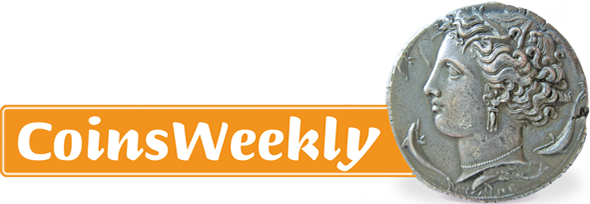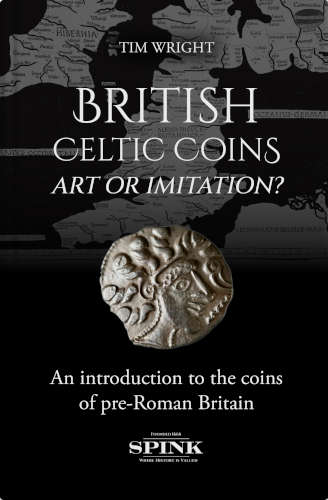British Celtic Coins: Art or Imitation?
by Tim Wright
The peoples of pre-Roman Britain remain an enigma. Our perceptions are shaped by two narratives, that of contemporary Roman colonists and more recent Celtic nationalists, who vilify and glorify them in equal measure. The more we learn, the less we know with certainty: should they be described as “Celtic peoples”, were they organised into the “tribes” that later formed Roman administrative districts (civitas) and, beyond a few famous names like Cunobelinus (Shakespeare’s Cymbeline), were they led by “kings” or “chieftains”?
Content
The coins from this period are no less controversial. Britain was a late adopter of coinage, initially importing coins from the Gallo-Belgic continent and then copying their Macedonian-inspired prototypes. Britain also produced them for longer than the continent, latterly incorporating themes and imagery from Rome. These bookends of external influence have led some to dismiss the coins of pre-Roman Britain (and indeed “Celtic” coins generally) as inferior. The most compelling counter to this is the coins themselves, explored through the theme of Art or Imitation? What we find is extraordinary variety and originality, that makes a powerful case for their collection and study.
Chapters of the Book
- Curse of Prototypes
- Abstraction and Surrealism
- Humour and Propaganda
- Roman Vanguard
- Curse of Prototypes
The apparent curse of prototypes is that some assume that adopting something from the past devalues it. The coins of pre-Roman Britain were traced back through various intermediate variations to the “Philippus”, the gold stater or Philip II of Macedonia. While there were blatant copies of this and other prototypes, those of both Britain and its Gallo-Belgic continental neighbours evolved into the most extraordinary designs. Moreover, it is pretty clear that the “classical” prototype itself was less than original, being based on a coin of a conquered neighbour and the Greek cities of Sicily. Roman coins are considered original and artistic, even though they were also influenced by earlier Greek coins, not least in adopting the “heads and tail” format for many coins.
Abstraction and Surrealism
The most common subjects on coins of pre-Roman Britain were heads, horses and boars, all of which were portrayed with varying degrees of abstraction, magical surrealism and naturalism. Of course, we need to beware interpreting “prehistoric art” that predates contemporary vernacular written accounts. We can observe and appreciate the skill of the engraver but we need to beware interpreting too much, in the absence of corroboration from elsewhere. Without this context, we can only speculate as to why heads are so prevalent and who they portray (gods and goddesses, like Greek or Republican coins or leaders, like Imperial coins?). The near ubiquity of equine images (“tails”) may be explained by the prestige role that they play in many societies but we are largely guessing. Equally, the images of boars may represent a cult figure or be associated with warfare.
Humour and Propaganda
Two other apparently distinctive features of British “Celtic” coins is the presence of hidden-faces and their apparent use as instruments of propaganda. As a collector, you can drive yourself made looking for faces that occur in designs either by chance or accident. The practice is frequent enough to appear deliberate but again we don’t know their purpose, be it religious, a tribal mark or an engraver’s signature. In the later inscribed coins, we also see the promotion of particular leaders (most notably Cunobelinus and Verica) through inscriptions and logos on their coins that point to their pedigree and power. While not unique to British coins, this appears to have gone further than the continent and was a practice probably adopted from the Romans.
Roman Vanguard
In the half century before Roman conquest of Britain, it appeared to achieve a cultural invasion in the form of Roman imagery on coins. There is early evidence of the adoption of Roman gods, including Roma herself on the coins of East Anglia. Later, we see imitation ranging from the blatant copying of specific coins to the adoption of alien themes, gods or mythical creatures. This has led some to question whether the “dynasties” of south-east Britain were client-states of Roman. This almost certainly goes too far but what it does demonstrate is strong commercial, diplomatic and cultural links between Britain and continental Roman Europe.
Do we really need another introduction to the coins of pre-Roman Britain? Despite the plethora of books on the related subjects of history, archaeology, art and mythology, as well as weighty reference or specialist books on these coins, we lack an informed yet accessible introduction. Somewhat neglected in ancient numismatics, these coins are worthy of study and collection. That is why the author has written what he hopes will form a “teaser” to stimulate greater awareness and interest in them.








